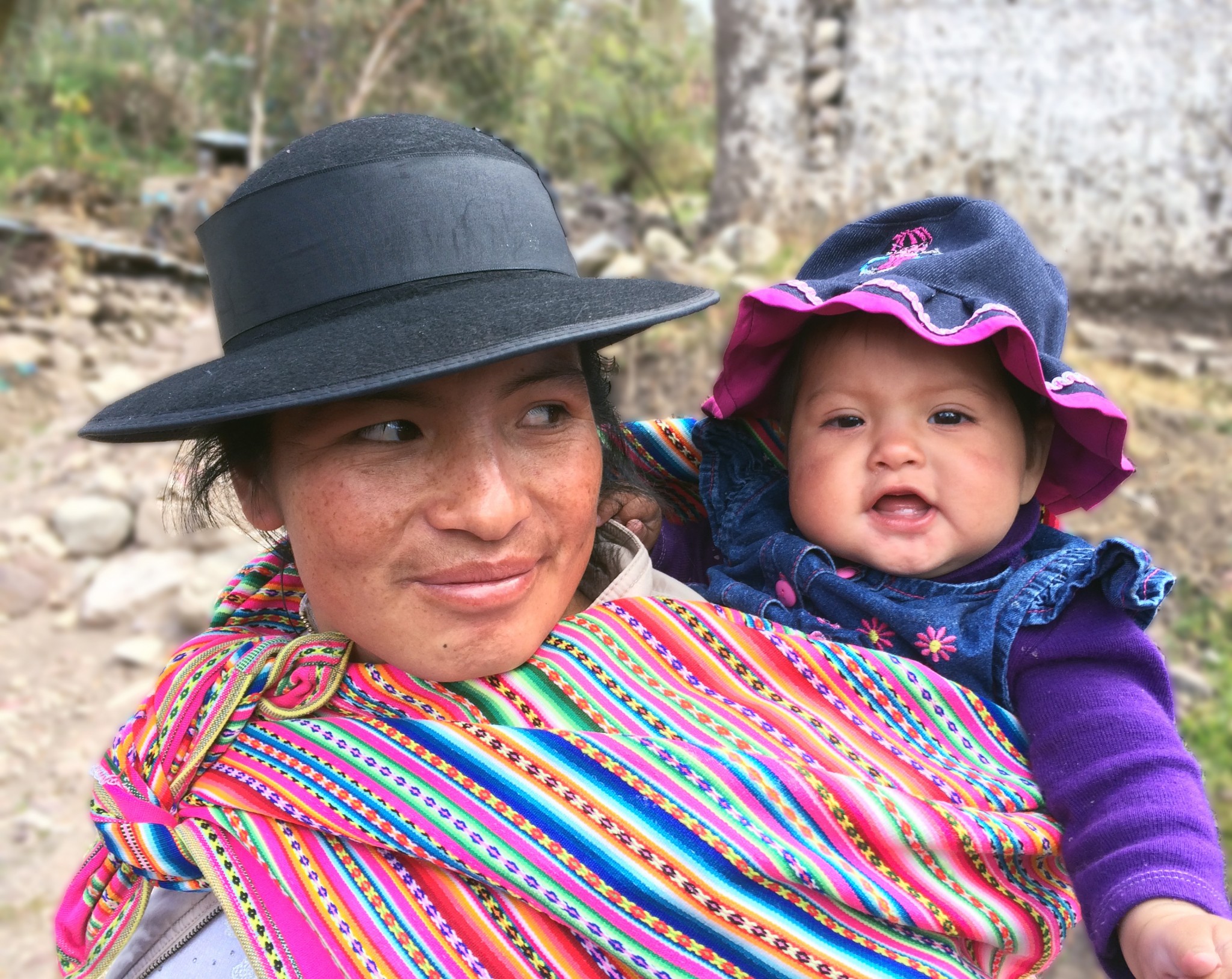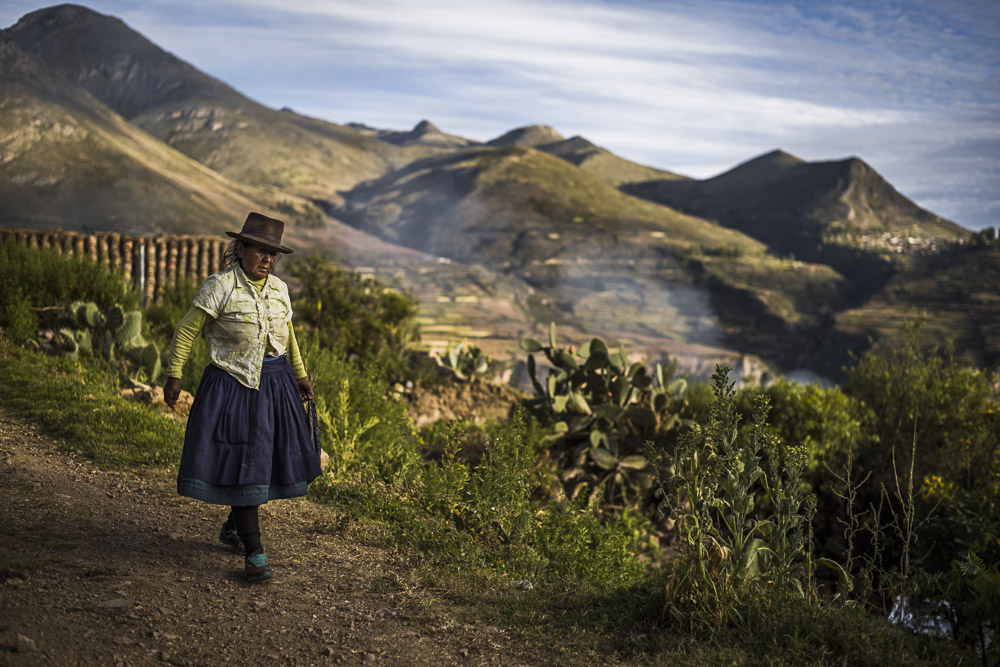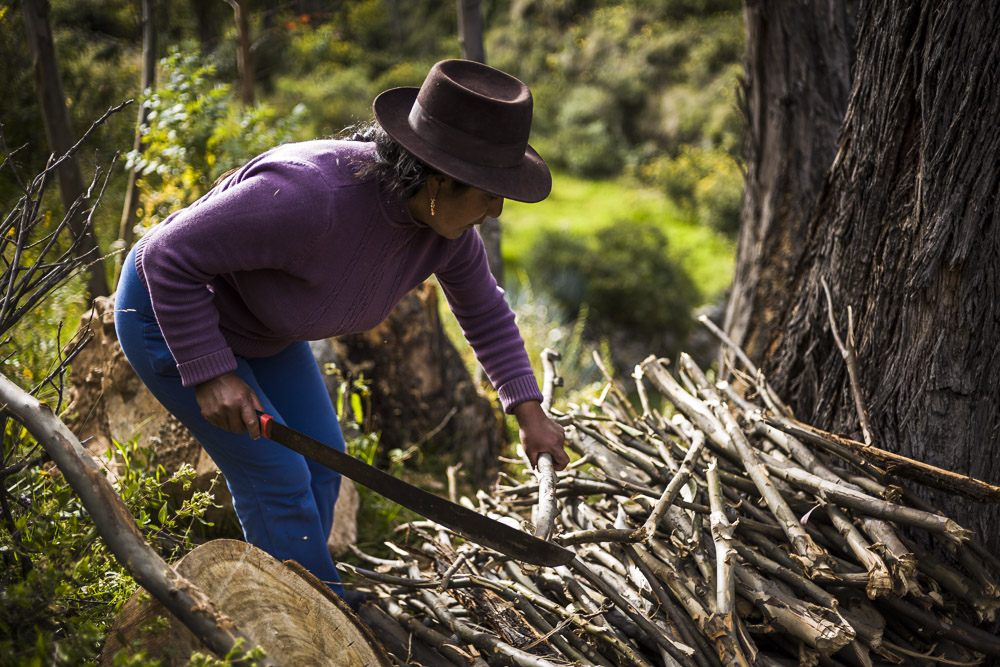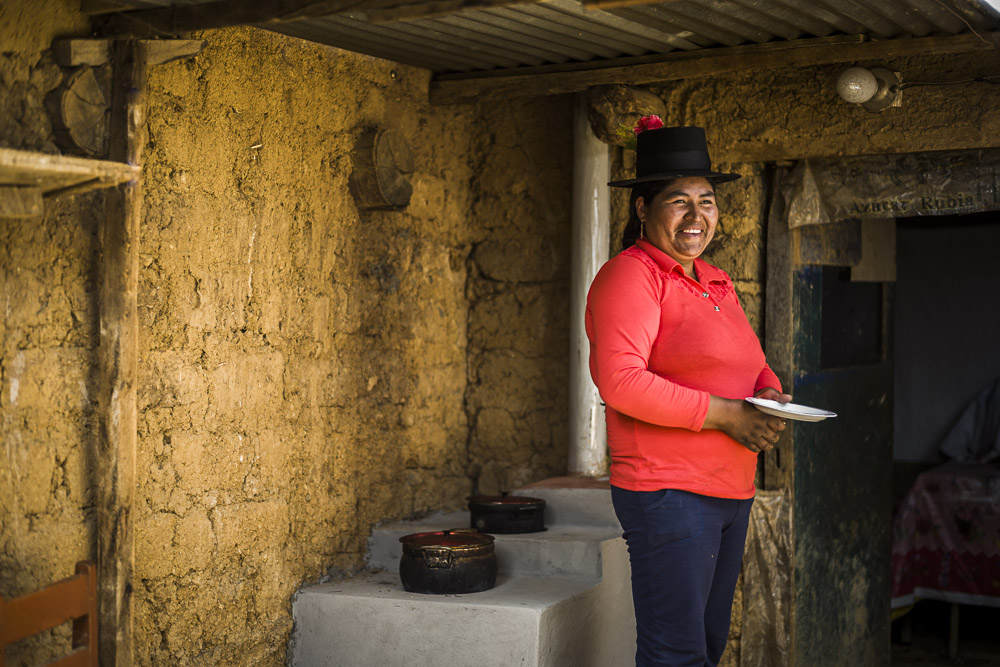Reducing our carbon footprint is a no-brainer if we want this planet to be livable for future generations. Can we do it through solutions that also contribute to social stability? Marion Verles, CEO of Gold Standard Foundation, and Bernard Giraud, President of Livelihoods Venture, dialogue on how the carbon economy could contribute to this goal.
Livelihoods Venture: Since its creation, Gold Standard has been trying to combine climate and social impact. Why and how?
Marion Verles: Gold Standard was founded by WWF and other international NGOs that recognized that climate projects under the Kyoto Protocol’s Clean Development Mechanism were often falling short of expectations for environmental integrity and failing to deliver on the mandate for sustainable development. So these two elements became core requirements of all Gold Standard certified projects. We were quickly able to demonstrate that not only is it possible to deliver social impact in carbon mitigation projects – the development benefits actually inspire even more ambitious climate action. Now, especially in the voluntary carbon market, sustainable development has become mainstream. Companies purchasing Gold Standard verified emissions reductions have long focused on the social impacts: health, jobs, access to energy and clean water. This is what people care about – the carbon mitigation is almost perceived as a ‘co-benefit.’ Now with the clear integration of the Paris Climate Agreement and the UN Sustainable Development Goals, it’s obvious that climate action cannot reach scale without delivering on development, and vice versa.
LV: What about Livelihoods Funds? Why and how do you leverage the carbon economy to reach social goals?
Bernard Giraud: Livelihoods Funds mainly invest in rural communities which are exposed to both poverty and degradation of their natural resources- like soil, water or biodiversity- as there is a direct link between the two. Rural communities are therefore the key actors of our carbon projects, which aim at sustainably improving their livelihoods. For us, social and environmental issues cannot be separated. The carbon economy can be a powerful way to bridge two worlds that seem very far from each other: rural communities in developing countries and corporations. In fact, both are part of a common challenge. Companies need to reduce their carbon footprint through a major transformation of their business practices including their supply chain, and offset emissions they cannot reduce. By investing in funds like the Livelihoods Carbon Fund or the Livelihoods Fund for Family Farming, companies bring up-front financing to projects that store huge amounts of CO2 or substantially reduce emissions while improving the lives of communities. For example, our efficient cookstoves project in Peru can reach remote villages thanks to carbon financing. Women and children get direct benefits while companies get carbon credits with high social and environmental value. If properly handled, carbon mechanisms can generate mutual value.
LV: Do you believe that carbon standards and markets have delivered the expected results? What should be done to increase their impact?
B.G: Carbon standards bring rigor on result measurement and monitoring and as such, are a major factor for trust. To be certified, carbon credits must be measured through methodologies that have been validated by international scientists and institutions. Each project is audited by third parties and verified by the standards before issuance. This process provides a serious guarantee to the project stakeholders but it is complex and quite costly. Rigorous standards capture not only carbon impacts, but also additional environmental and social impacts. The next challenge is to broaden the scope- for example, in agriculture we need to capture the whole cycle of carbon in soils, vegetal, livestock, inputs etc.- and simplify the process to make it accessible to a larger number of actors.
M.V: Indeed, rigorous carbon standards have been almost a laboratory for innovation to help find new ways to maximize the impact of carbon mitigation projects. For example, some Gold Standard projects may provide not only clean cookstoves, but also clean water access and even training on money management to help families manage household finances. Despite the range and depth of benefits the projects bring, it’s true that carbon offsetting has not become standard business practice. This is due partially to some misconceptions about carbon offsetting as a substitute for internal emission reductions. But carbon standards also need to evolve to be more agile and applicable to a wider range of interventions, including within companies’ value chains, as Bernard mentions.
“The carbon economy can be a powerful way to bridge two worlds that seem very far from each other.”
Bernard Giraud, President & cofounder of Livelihoods Venture.

L.V: So far, carbon markets have reached a limited size and prices did not increase despite a growing engagement on climate from private and public actors. How do you see their future?
M.V: First and foremost, carbon markets and standards will have to conform to new rules that are being drafted as part of the Paris Agreement. What’s clear is that the core principle of carbon markets – driving finance from emitters to efforts that cut carbon – is necessary to reach the ambition of the Paris Agreement to maintain a safe climate for the planet. Therefore, we see carbon markets taking what has been successful over the past 15 years – acting as trusted mechanisms to quantify and certify impact and drive finance to cutting carbon and improving lives – to the new era. With the onset of new technologies like remote sensors, satellite monitoring, and blockchain to track, certify and transfer impact through a value chain – we can build rigorous, trusted and automated systems to dramatically reduce costs and complexity to enable rapid scaling.
B.G: A key priority for companies but also for public players like cities is to reduce their carbon footprint through a deep transformation of their activities, by building on innovation and new business models. Despite some resistance from the old models, this trend is accelerating all over the world and the outlines of a low carbon economy are emerging here and there. However, big actors like companies or cities cannot reach a low carbon footprint or neutrality through reduction only. They need to offset, i.e., import carbon reduction or sequestration from outside their own scope of activities. For example, by supporting projects on reforestation, sustainable farming or coastal ecosystems restoration that store significant amounts of carbon. Carbon markets can play an important role in bridging the needs and the supply, in monetizing the added value of the carbon projects.
Photos: Sandro Di Carlo Darsa, Bernard Giraud/ Livelihoods Funds.
Read also:

Simple technologies can change lives when made accessible
With the support of the Livelihoods Fund, NGO ITYF has equipped 30,000 Peruvian families with efficient cookstoves in only one year.
Read more
Certification of carbon credits: transparency and tangible benefits
The Livelihoods energy project in Peru will generate more than one million tons of carbon credits. These carbon credits are certified by the Gold Standar after a very rigorous process.
Learn more


